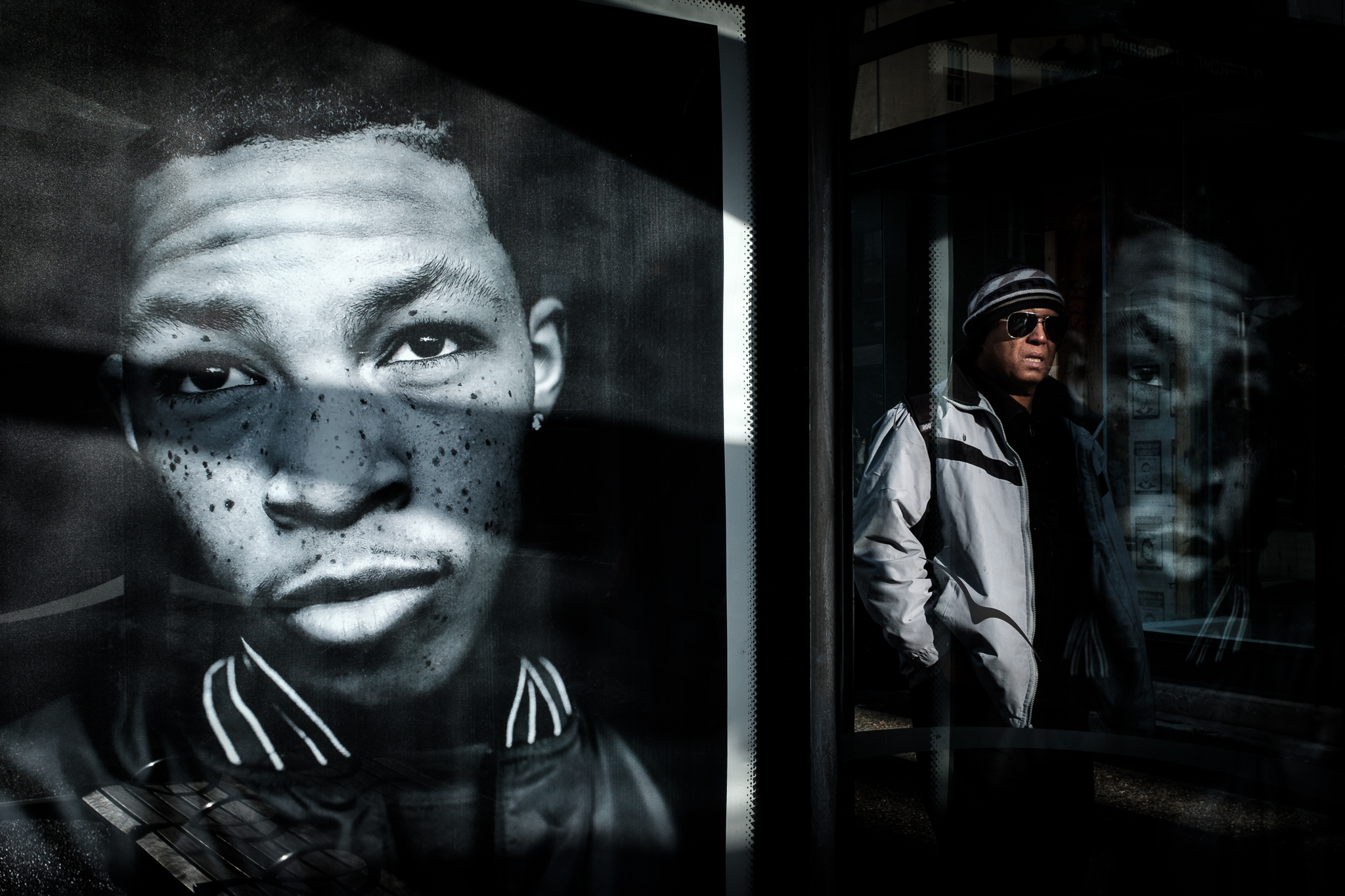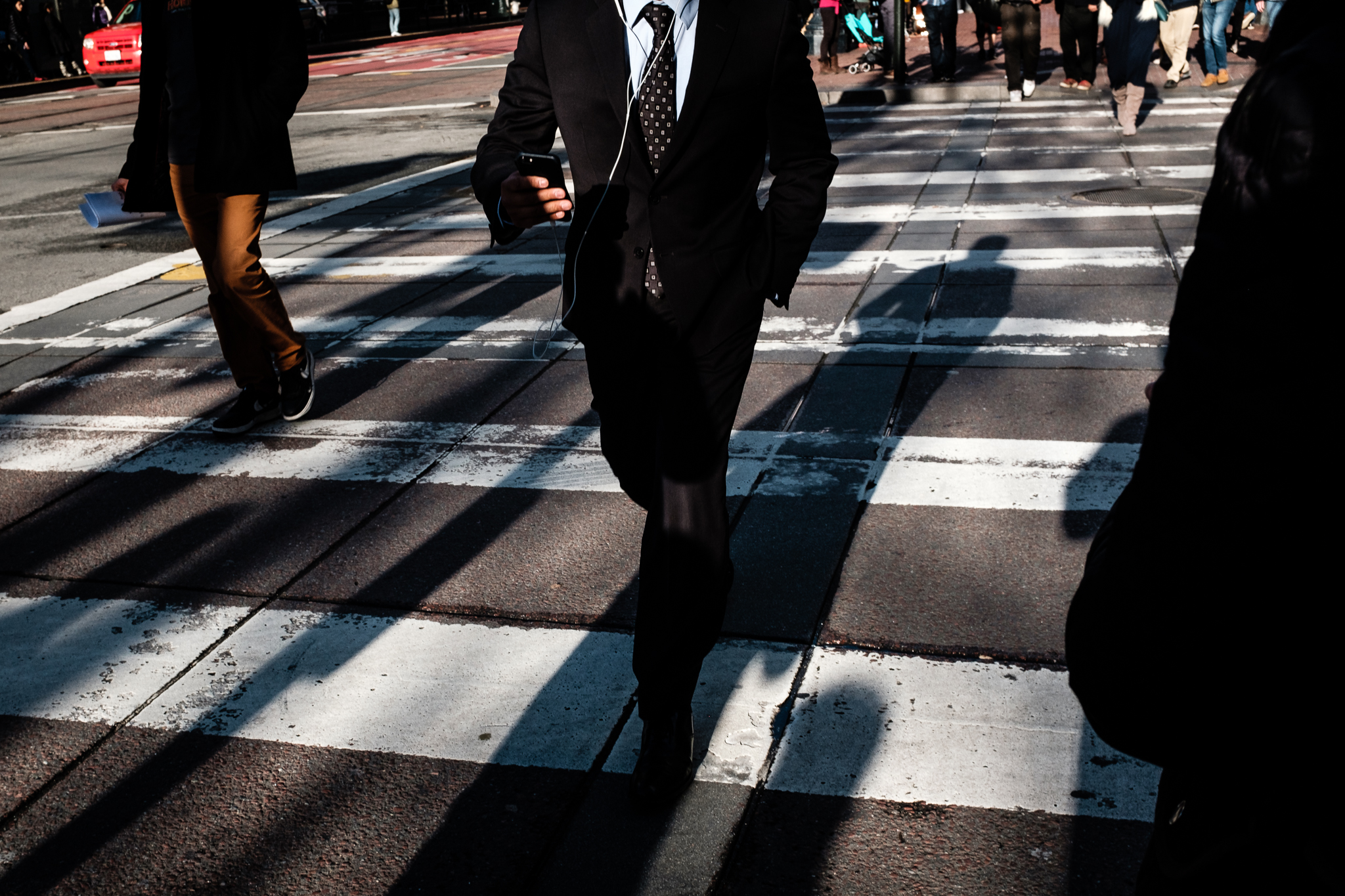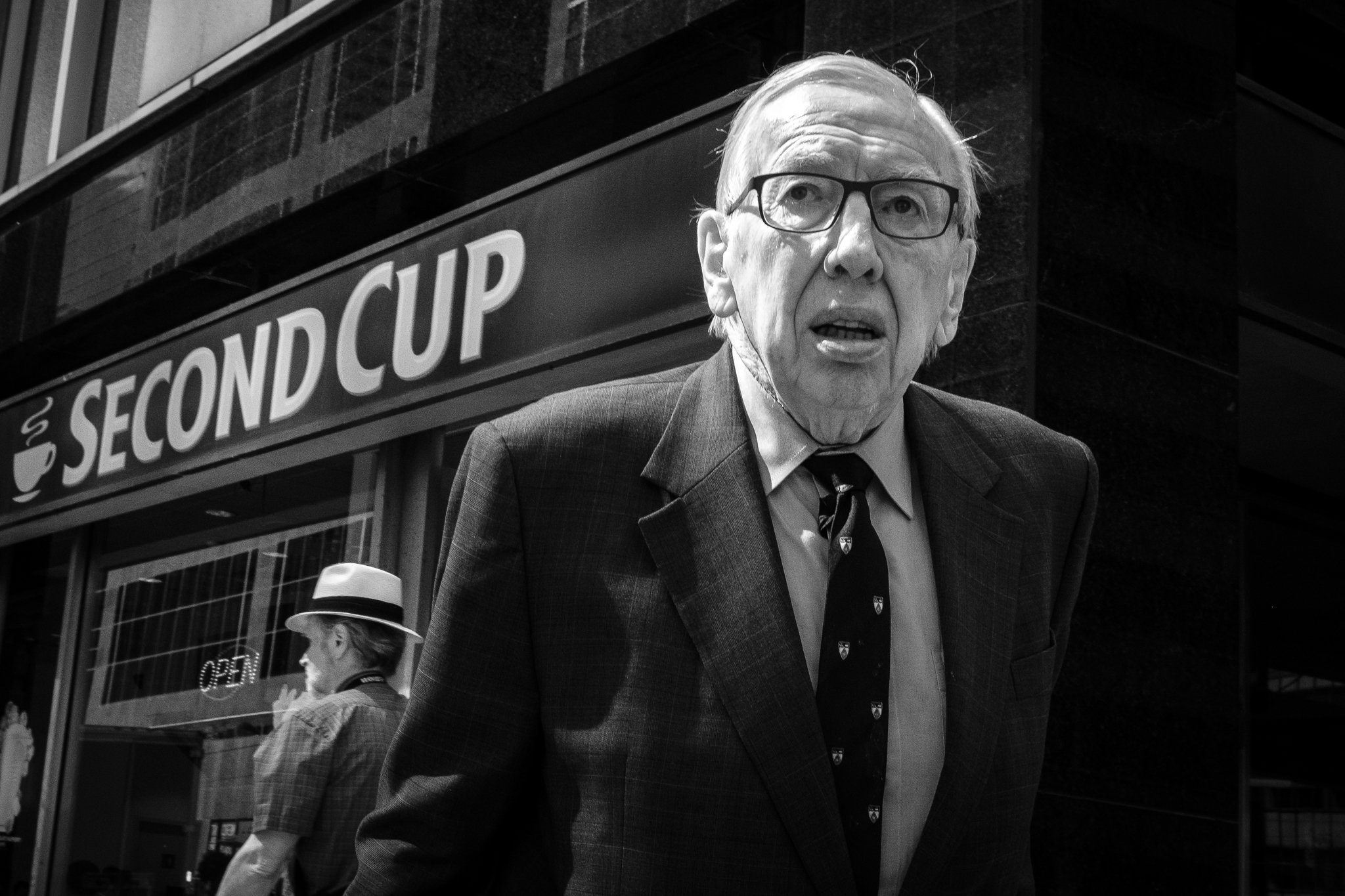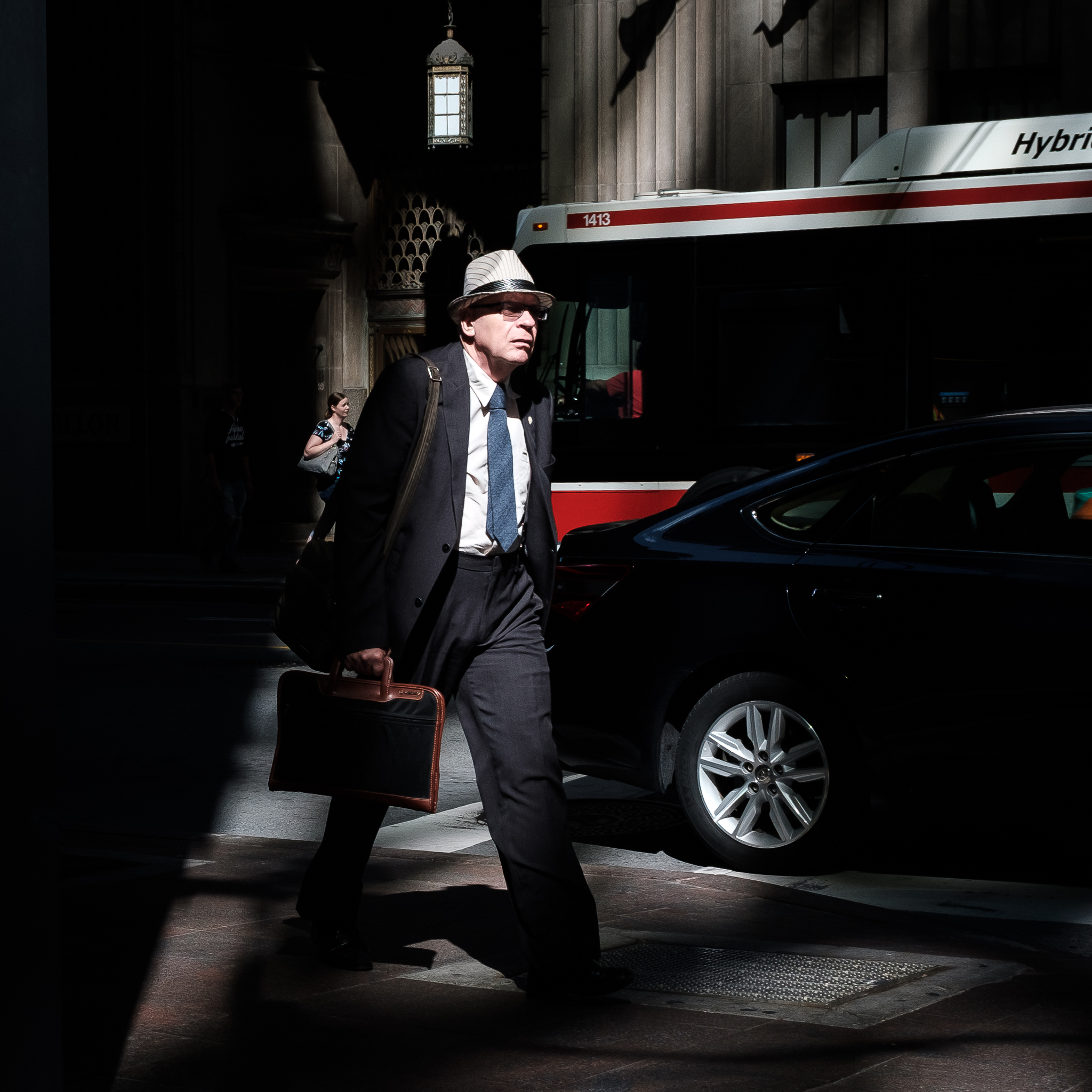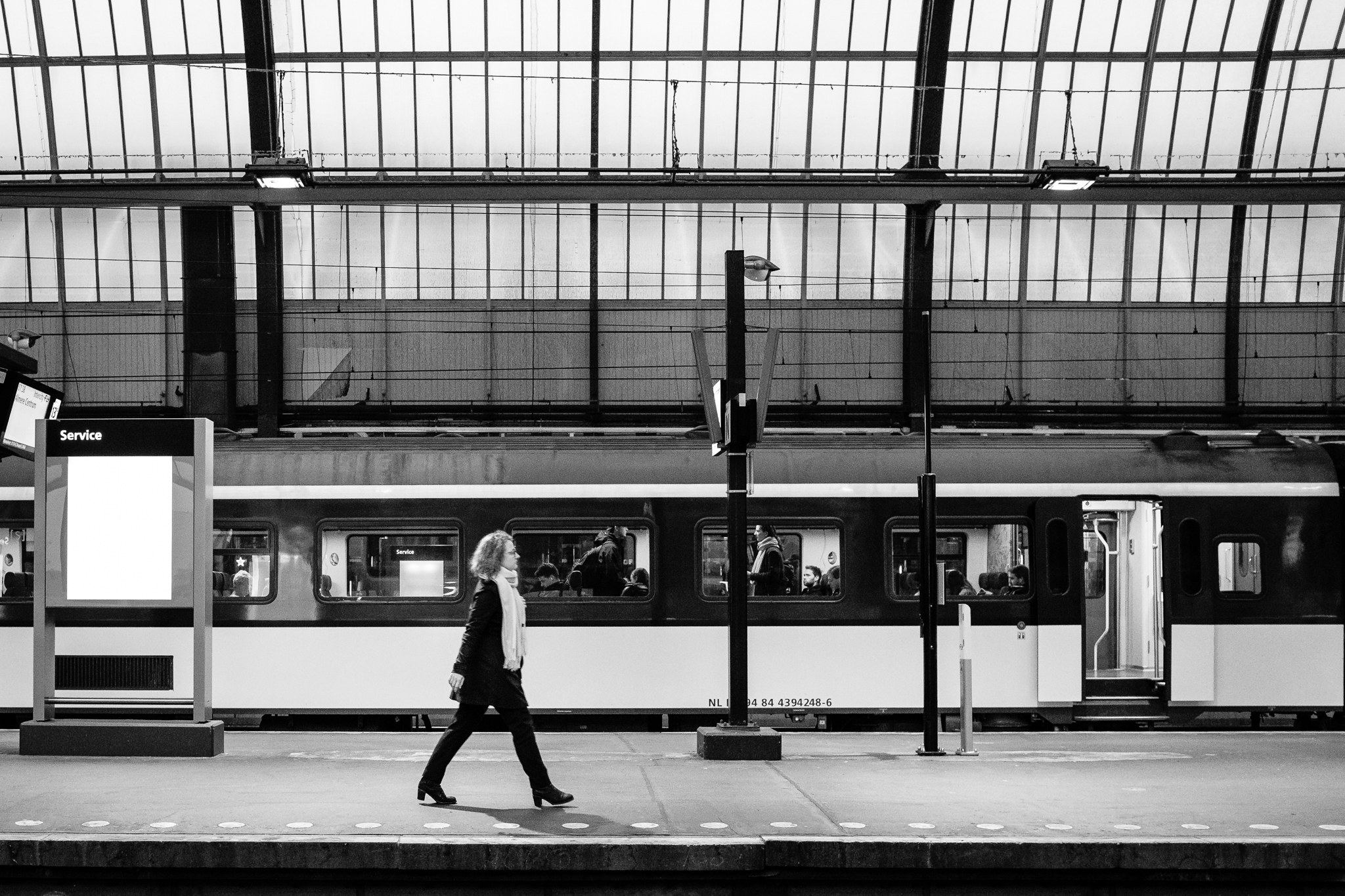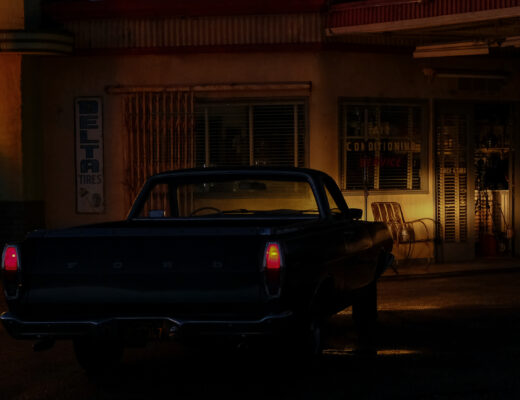Continuing with our monthly interview feature, this month I chatted to Ian MacDonald, a multi-talented photographer and educator living in Vancouver, Canada.
Welcome to the FujiLove blog! First of all, I wonder if you could explain what it was that first drew you to the Fujifilm X Series and whether you feel there are any particular features still missing from the system?
Thank you for inviting me! I first fell for the Fujifilm X Series seven years ago. I was a Nikon shooter at the time, with a focus on portraiture for my professional work and travel for a lot of my personal photography. This meant that I had a full frame DSLR kit that filled a backpack, plus another bag full of lighting equipment. I am a bit of a gear lover so at first I enjoyed working with all of that equipment. It quickly wore me down though…I became frustrated with the size of the equipment, with the amount of gear I had and with the volume of effort that went into the type of work that I was doing (i.e. scheduling shoots, booking studios, working with other talent like hair and make up artists, extensive post production on the images, etc). I didn’t feel inspired as an artist anymore and, honestly, felt that my time as a professional photographer might be coming to an end.
Then, I saw the X100…that beautiful little camera that was so simple in design, so simple to operate, yet it was a camera that produced beautiful images. It wasn’t perfect, of course; you had to learn how to work around some of its limitations, but it spoke to me. I felt like it was giving me a second chance to be a visual artist and once I started using it, there was no looking back. Here we are now, seven years later, with cameras like the X100F, the X-Pro2, the X-T2, the X-H1 and of course the GFX. We have dozens of lens choices, and native and third party flash systems to choose from. It is really quite amazing when you think about the growth. Today’s Fujifilms X Series cameras are so powerful, yet many of the things that I originally fell in love with all those years ago are still present in the current lineup: the aperture ring on the lens, the physical knobs for many of the controls, the elegant form factor of the bodies, and the amazing image quality and colour rendering. It is a system that has continued to grow, without forgetting where it started.
In regard to what I think is missing: weddings make up a fairly large part of my commercial work and I think there will always be room for improved auto-focus, especially in low light. I would love to see the X100 series become weather resistant and I agree with my friend, Patrick La Roque, who told you that he would like to see consistency on the ability to customize function buttons across the different camera bodies. The wonderful thing about Fujifilm though is that I have every confidence that we will continue to see improvements via firmware updates and new hardware.
What type of photography do you mainly shoot, and how do you feel the X Series is well-suited to that genre and your own style of shooting?
Over the years I morphed from shooting the portraiture I mentioned above to someone who loves shooting in a documentary and candid fashion. For my personal work, this is almost always street photography, and this would also include my professional work as a wedding photographer. I am probably best known, however, as a photography educator who offers both online and face-to-face education. I have been teaching for 23 years now in various industries and I love it more everyday.
It would be a bit disingenuous to simply say that the Fuji X Series are excellent tools for the way I shoot and for the work that I do, because the truth is that these cameras have heavily influenced the photographer that I have become. When I am shooting, the discreet nature of these cameras allows me to document without influencing a scene. When I am teaching, the tactile nature of these cameras, and the ‘what you see is what you get’ viewfinders that they utilize, allow me to more easily explain and demonstrate concepts to my students.
What’s your current favourite Fujifilm setup?
The X100F is hands down my favourite Fujifilm camera right now. I have a tiny, pocketable pouch that holds two batteries, two memory cards and a small cleaning cloth. If I am going out for a day of exploration, and/or street photography, I simply place this pouch in a pocket, sling the camera over a shoulder, and I am good to go for the day. It is incredibly liberating to have no bag and to be hands free like that.
When my work requires a wider or a longer focal length than the X100F can provide, I turn to either my X-T2 or my X-Pro2. My prime lens collection offers me choices at 14mm, 23mm, 35mm, 50mm and 56mm for these cameras, and I also have the amazing 16-55mm and 50-140mm zoom lenses. Which equipment I grab will be totally dictated by the task at hand. If I am shooting an engagement session, I will put the XF23mmF1.4 on one body and the XF56mmF1.2 on another. If I am covering an event in the rain, I might just take the X-T2 with the XF16-55mm zoom lens on it, etc. My entire kit, including all three cameras, all of my lenses, and some Godox lighting equipment fits into one small backpack now. I have never taken everything out at once, but with that equipment there is no job that I cannot complete. I am very happy with my kit right now.
Where and how do you find inspiration for your own photography?
I am fascinated by people, therefore much of my work is subject-driven (my street photography, wedding work, portraiture, etc). Over my life I have worked in several fields that required me to interact with people, usually strangers. In addition to being a photographer, I had a lengthy career as a paramedic, as an educator, as a working musician, etc. People fascinate me, so I am inspired anytime I am on the streets of a city with a camera really. That same love of working with people informs my engagement and wedding work too, as well as the way I document these events.
If we are speaking of people within the arts community, I am inspired by so many things: the way a close friend (a brilliant musician) performs on stage, the seemingly endless energy with which my friend Valerie Jardin attacks her craft, or the stunning body of work a photographer named Fred Herzog has created over five or six decades of shooting in my home city. The list is too long really and grows daily as I meet remarkable new people.
I think the most important thing though is to always remember that inspiration should follow effort. As artists, we need to intrinsically push ourselves to get out there and create. The ‘work’ part of photography is getting up early, packing your bag, driving an hour to a location, etc. You need to push through that, even on days when you don’t want to, because once you are out with your camera, the inspiration will usually find you.
Could you share a little bit about any recent projects or jobs that you have been working on that have been particularly enjoyable for you?
I draw my greatest joy from my students. I teach in places like Vancouver, Toronto, Paris, etc. and there is nothing I love more than seeing my students achieve their goals. Because of this, much of my day to day work revolves around planning and executing my workshops and online education.
Shooting-wise, I aim for 6-12 weddings per year. This is enough that I am excited for each one, but not so many that my work/life balance becomes off kilter.
And, finally, I have a deep love for writing and will be publishing new written work throughout the year on my website, my Instagram and, finally, in book format. I am very fortunate to live the life I do. I wouldn’t change a thing.
Lastly, if there’s one golden tip that you could give to our readers to enhance or inspire their own photography, what would it be?
This one is going to seem a little bit self-serving, but hear me out. I think one of the most important things an artist can do to enhance or inspire their own photography is to invest in education.
Photographers can fall into the trap of investing a huge amount of money into gear but still feel frustrated that they aren’t making the images they see in their mind. I personally know several photographers who own multiple medium format or full frame cameras who don’t even see photos in their minds most of the time. Education is a sure-fire way to accelerate your learning curve and to get inspired. This, in turn, removes barriers to creating art and gets you out there doing what you love more effectively. I honestly can’t think of anything with a better return on investment to be honest.
I think it is important to note though that when I say invest in education, I am not necessarily saying to go out and spend hundreds or thousands of dollars on a workshop. It could be something with a much smaller monetary investment, such as subscribing to a magazine, buying an educational video set or buying an inspirational book. It could very well be something that has no monetary requirement at all, such as working with a mentor, joining a camera club, or committing to learning something via the wonders of YouTube and other free educational sources (from the right sources, of course).
What I am really saying is that we should all be life long learners. There is usually an immediate reward to learning something new, and being a life long learner will reward us in ways that we don’t even understand yet.
To see more of Ian’s work, be sure to follow him on Instagram and visit his website.

